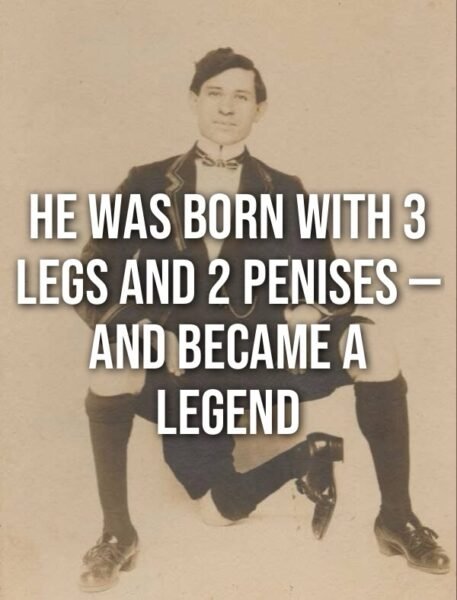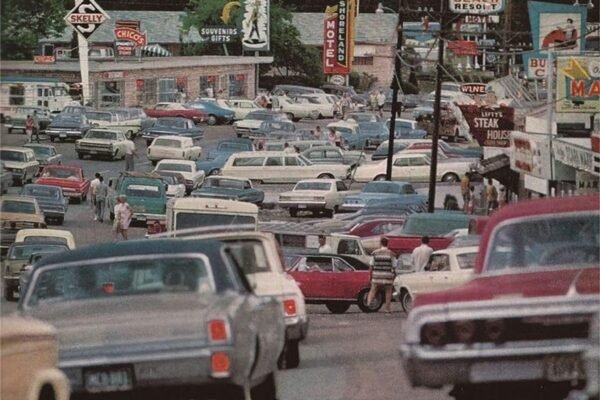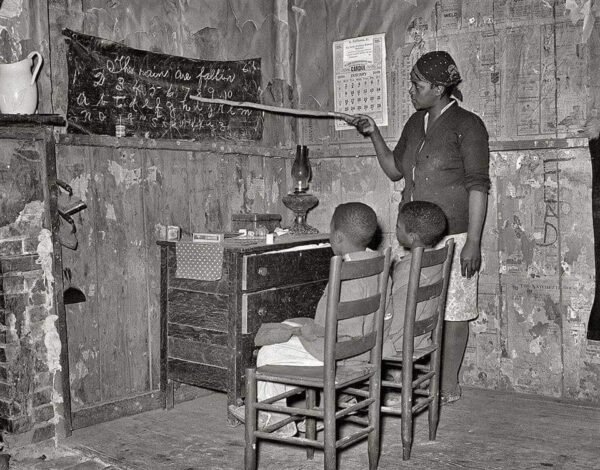Highway signs are a ubiquitous part of our modern driving experience. They guide us, inform us, and sometimes even entertain us. But have you ever stopped to think about how these signs have evolved over the years? Let’s take a trip back in time to 1923 and imagine a world where highway signs were as large as they are today.

The Grandeur of 1923’s Highway Signs
In the early 20th century, the automobile was still a relatively new invention. Roads were often unpaved, and the concept of a “highway” as we know it today was still in its infancy. Yet, even then, the importance of clear and visible signage was recognized.
Imagine driving down a dusty road in your Ford Model T and coming across a massive sign, as large as today’s signs, indicating “Junction 63/50.” The sheer size of the sign would be a sight to behold, dwarfing the surrounding landscape and the vehicles passing by.
Destinations of Yesteryears
The destinations on these signs would be familiar to many Missourians – Saint Louis, Linn, Wesphalia, Rolla, and Kansas City. These cities, some of which were major hubs even a century ago, would be prominently displayed on these oversized signs.
Saint Louis, with its burgeoning industries and the iconic Gateway Arch still four decades away from construction, would be a primary destination for many. Linn, Wesphalia, and Rolla, smaller towns with their own unique charm and significance, would guide travelers on their journeys through the heart of Missouri. And of course, Kansas City, with its jazz music, barbecue, and vibrant culture, would beckon travelers from near and far.
The Significance of Large Signs
But why imagine signs of such grandeur in 1923? Large signs, even by today’s standards, serve a crucial purpose. They are easily readable from a distance, allowing drivers ample time to prepare for exits, junctions, or changes in the road. In 1923, when high-speed travel was a novel concept and drivers were still getting accustomed to the rules of the road, such large signs would have been even more critical.
Moreover, these signs would serve as landmarks in their own right. In an era without GPS or smartphones, drivers would rely heavily on such signs to navigate. The larger the sign, the less likely one was to miss a crucial turn or exit.
A Nostalgic Journey
Today, as we zip down highways in our modern vehicles with advanced navigation systems at our fingertips, it’s fascinating to imagine a world where such large signs were the norm. They would be a testament to the importance of clear communication and the rapidly evolving world of transportation.
So, the next time you’re on the road and see a sign indicating an upcoming exit or city, take a moment to appreciate the history and evolution of highway signs. And maybe, just maybe, imagine what it would be like to see “Saint Louis” or “Kansas City” displayed in all its grandeur on a massive sign from 1923.
As an Amazon Associate we earn from qualifying purchases through some links in our articles.




